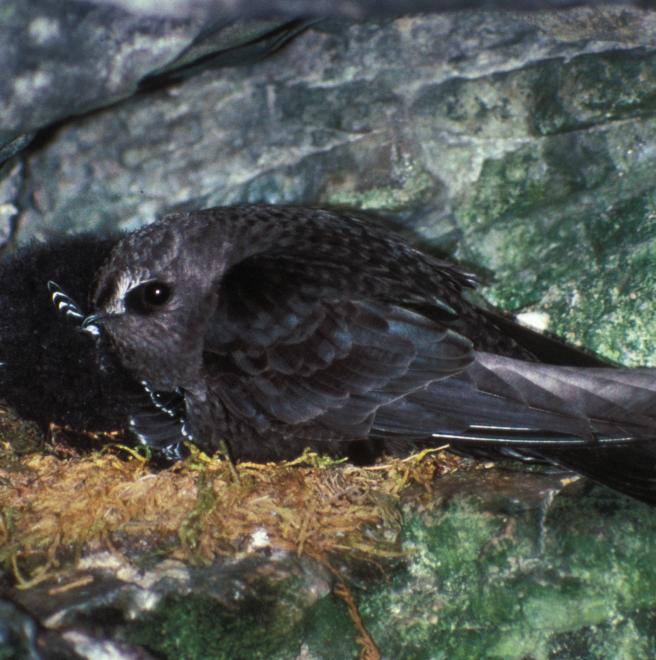

Simply seeing this bird is a challenge. Studying it requires biologists to rappel into waterfalls—at night—to survey birds at the nest. Locating the winter range has been even more vexing; the Black Swift was until recently the only U.S. bird whose wintering range was unknown. (Geolocator research has shown that it winters in Brazil.) Unfortunately, Audubon's climate model predicts steep losses for this already rare and local species. Black Swift nest colonies are ancestral; individual colonies seldom or never relocate. Colonies have been stable, but climate change may cause “bridal veil” waterfalls—required for nest placement—to dry up and disappear.
Are the projected range maps different from the range maps in field guides? Find the answer here.
Explore more birds threatened by climate change around the country.





















It's easier than you think to make a difference. Become an Audubon member today to help birds facing climate change.